Identifying the best defenses in college basketball by category

Nick Johnson, Aaron Gordon and Kaleb Tarczewski run Arizona's amazing pack-line defense. (Christian Peterson/Getty)

With bracket season upon us, and commentators dropping defense-wins-championships clichés at an elevated rate, it helps to know which teams actually have the best defenses. Herewith, my breakdown of the stingiest Ds in five different categories:
{C}
Best Overall Defense: Arizona
Arizona's Pack-Line D -- a man-to-man in which the on-ball defender applies extended pressure and his four teammates remain packed inside the 3-point arc, in pre-help position that clogs driving lanes -- has been incredibly effective this season. It ranks No. 1 in adjusted efficiency on kenpom.com, allowing 0.87 points per possession, and has only allowed two of its Pac-12 opponents (UCLA and Oregon) to break the 1.00 PPP mark in 16 league games.
The first key to the Wildcats' defensive success is forcing opponents to settle for contested twos late in the shot clock. They're the only team in D-I whose opponents have taken a majority of their shots as two-point jumpers (53.9 percent), according to hoop-math.com, and their average of 19.6 seconds per defensive possession is the fifth-longest in D-I. They only allow opponents to shoot 41.2 percent on the interior, ranking fourth nationally, and are the nation's eighth-best defensive rebounding team, grabbing 74.3 percent of available boards. Freshman power forward Aaron Gordon has been left out of All-America discussions because his offense has been pedestrian, but his contributions to interior D and defensive rebounding for Arizona have been so immense that he may have as much as or more value than an elite scorer.
More from Luke Winn: Arizona No. 3 and Virginia No. 5 in Power Rankings
Best Transition Defense: Virginia
The two best methods for identifying which teams limit transition opportunities are from Synergy Sports Technology, which uses human logging of transition situations, and Hoop-Math.com, which flags possessions as transition if a shot/turnover occurs in the first 10 seconds. Only two teams show up in the top 10 of both databases, and Virginia is stingier than Clemson in both situations:
The Cavaliers excel at limiting transition opportunities; and when they do allow them, they hold opponents to a low level of efficiency. The overall pace of Virginia's defense (its average possession length is third-longest in D-I) and the eye test (the Cavs' are well-drilled at sprinting back in transition, even at the expense of offensive rebounding opportunities) jibe with the data.
(* The ACC's slow pace is certainly a factor: This great analysis by @rmj_equals_hero details how Virginia has been able to take more offensive rebounding "risks" this season without getting burned on the break.)
DAVIS: Tony Bennett, Joe Harris reap rewards of faith in each other
Best Turnover-Creating Defense: VCU
Shaka Smart's Rams are a turnover-creating dynasty, now in their third straight season of leading the nation on forced-TO percentage (25.9). They've remained committed to their HAVOC style -- a combination of aggressive man-to-man and diamond zone presses -- despite the NCAA's tighter refereeing, and it's helped them climb to No. 6 overall in adjusted defensive efficiency. While HAVOC requires a team effort to harass ballhandlers and properly execute traps, junior point guard Briante Weber, whom Smart calls "HAVOC personified," continues to be its star. He's No. 1 in the country in steal percentage (at 7.0) for a third straight season.
Best Grind-You-Down Defense: Syracuse
Syracuse's 2-3 zone tends to get lauded for its ability to protect the rim and force opponents to take contested threes. But a big part of the Orange's success this season is how much they limit transition, and then, once the 2-3 is set, how long it takes to break down. They rank No. 1 in average length of defensive possession, at 21.2 seconds. That's also the highest figure in the entire five-season span (2010-14) kenpom.com has been tracking possession length. Syracuse opponents tend to settle for mediocre attempts in the later portion of the shot clock.
HAMILTON: Is Syracuse's season falling apart?
Best Pick-And-Roll Defense: St. Louis and Virginia
The two clear leaders in Synergy's Pick-and-Roll defensive ratings are Virginia (at 0.68 PPP) and St. Louis (0.70 PPP, with a sample size of 617 possessions to UVa's 488). I'm calling it a tie because, while the Cavaliers' numbers have come against a much tougher ACC schedule, the Billikens have long been No. 1 in my eye test. They have an elite on-ball P&R defender in guard Jordair Jett, who has the size and aggression of a middle linebacker; big men Dwayne Evans and Rob Loe are skilled at hedging and recovering; and as a team they rarely screw up a rotation and allow a great look to a capable three-point shooter. It's a testament to the defensive culture established by the late Rick Majerus and the coaching of his successor, Jim Crews.
Related: The best college defenders of all-time gallery
Identifying the best defenses in college basketball by category
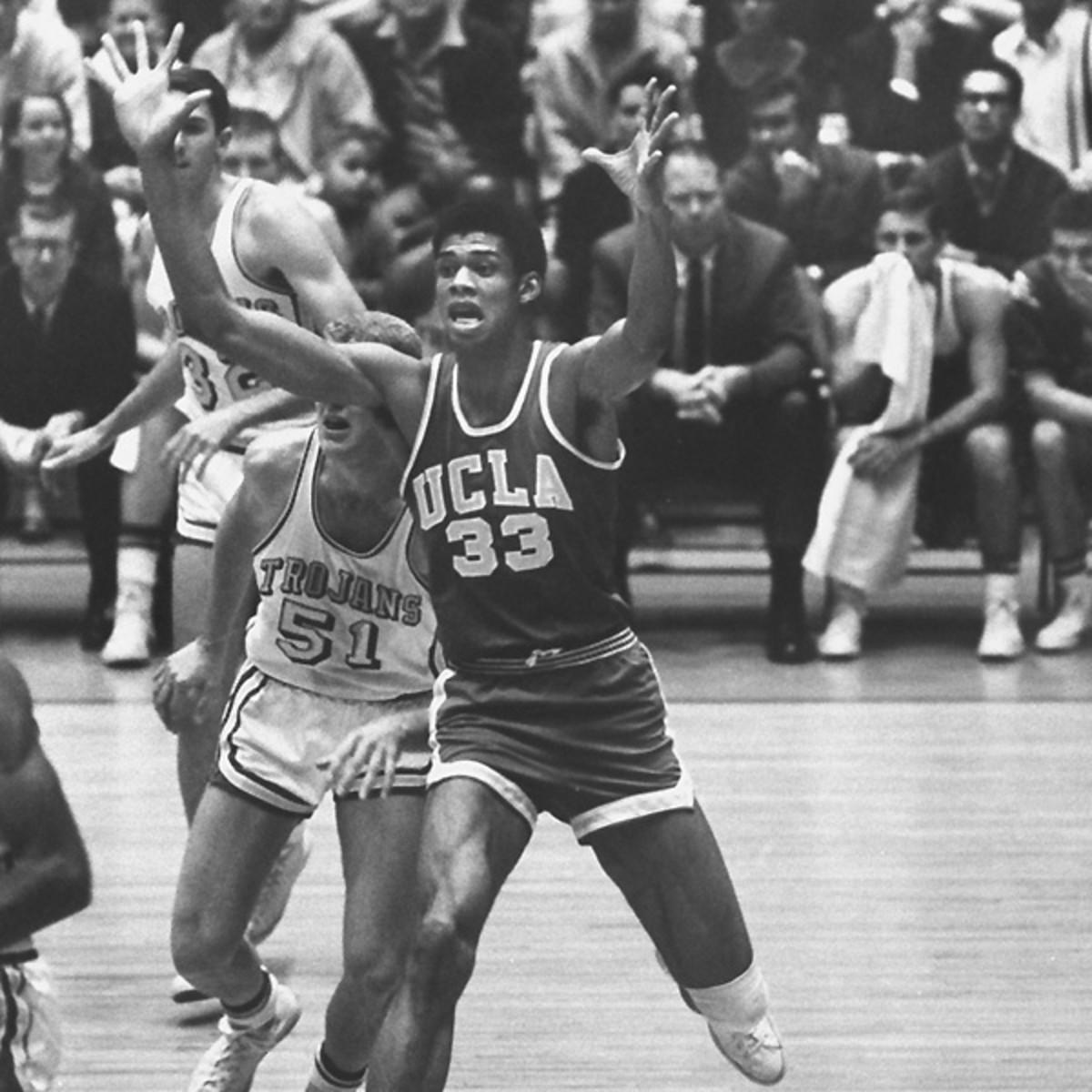
Ferdinand Lewis Alcindor (now Kareem Abdul-Jabbar), UCLA (1966-1969)
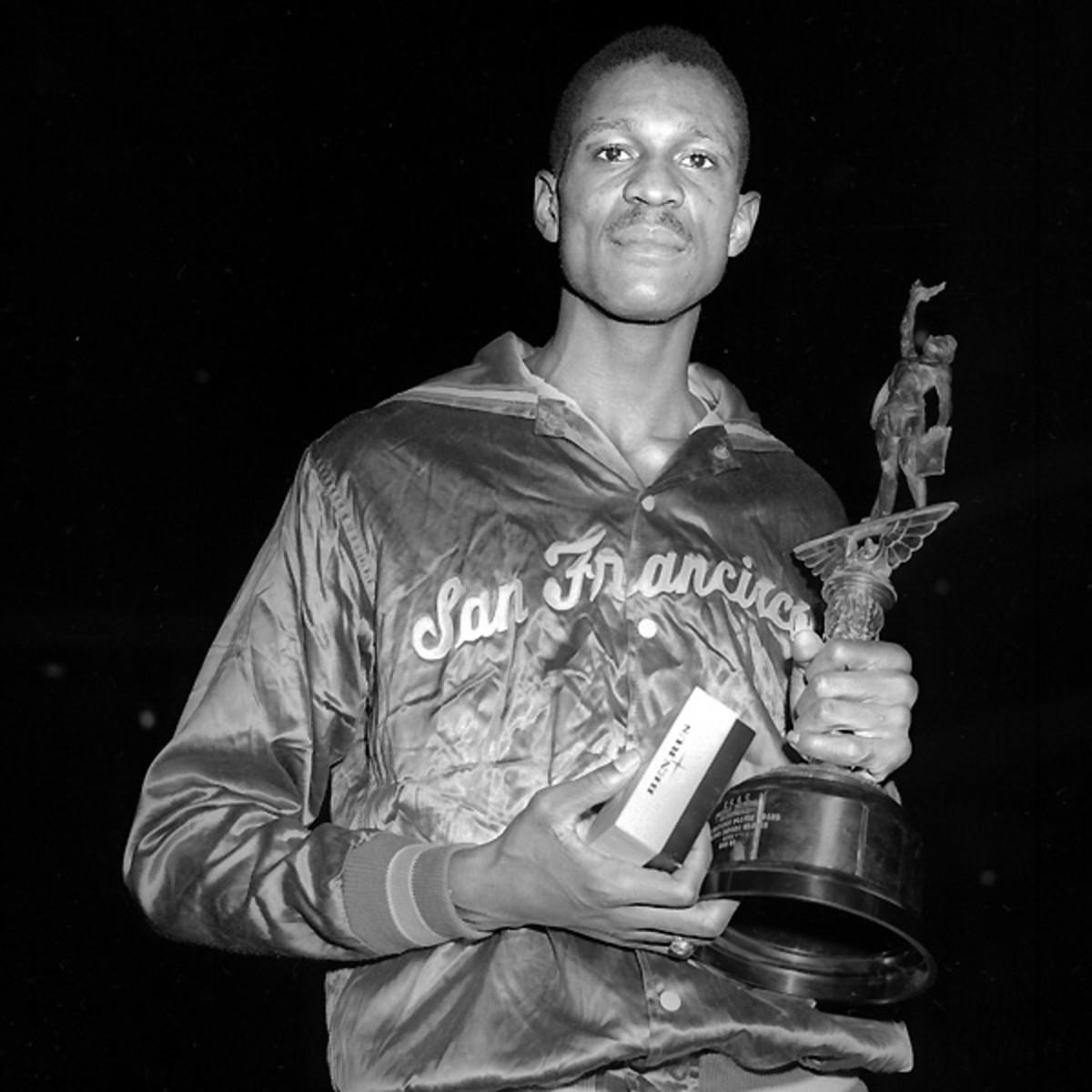
Bill Russell, San Francisco (1953-1956).
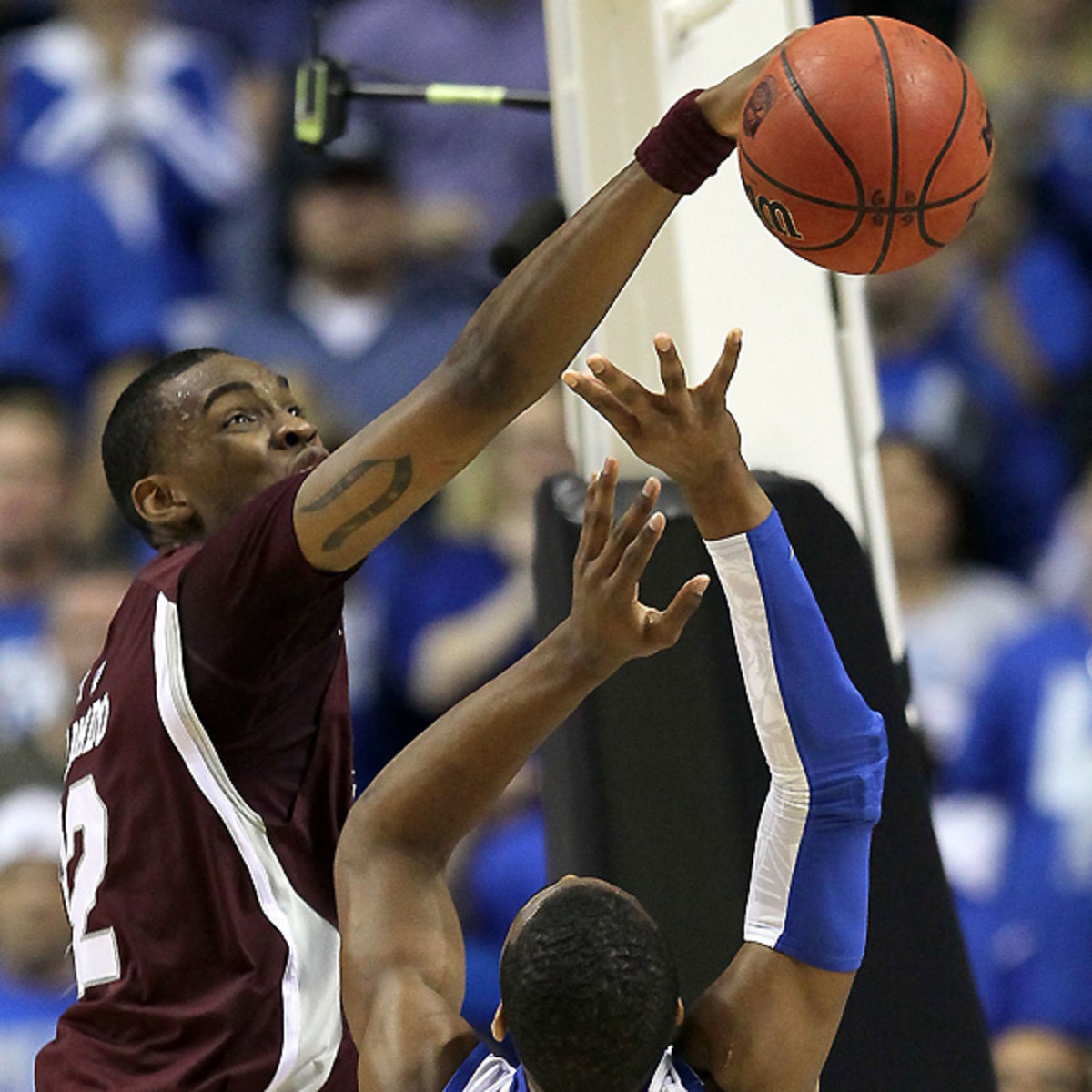
Jarvis Varnado, Mississippi State (2006-2010).
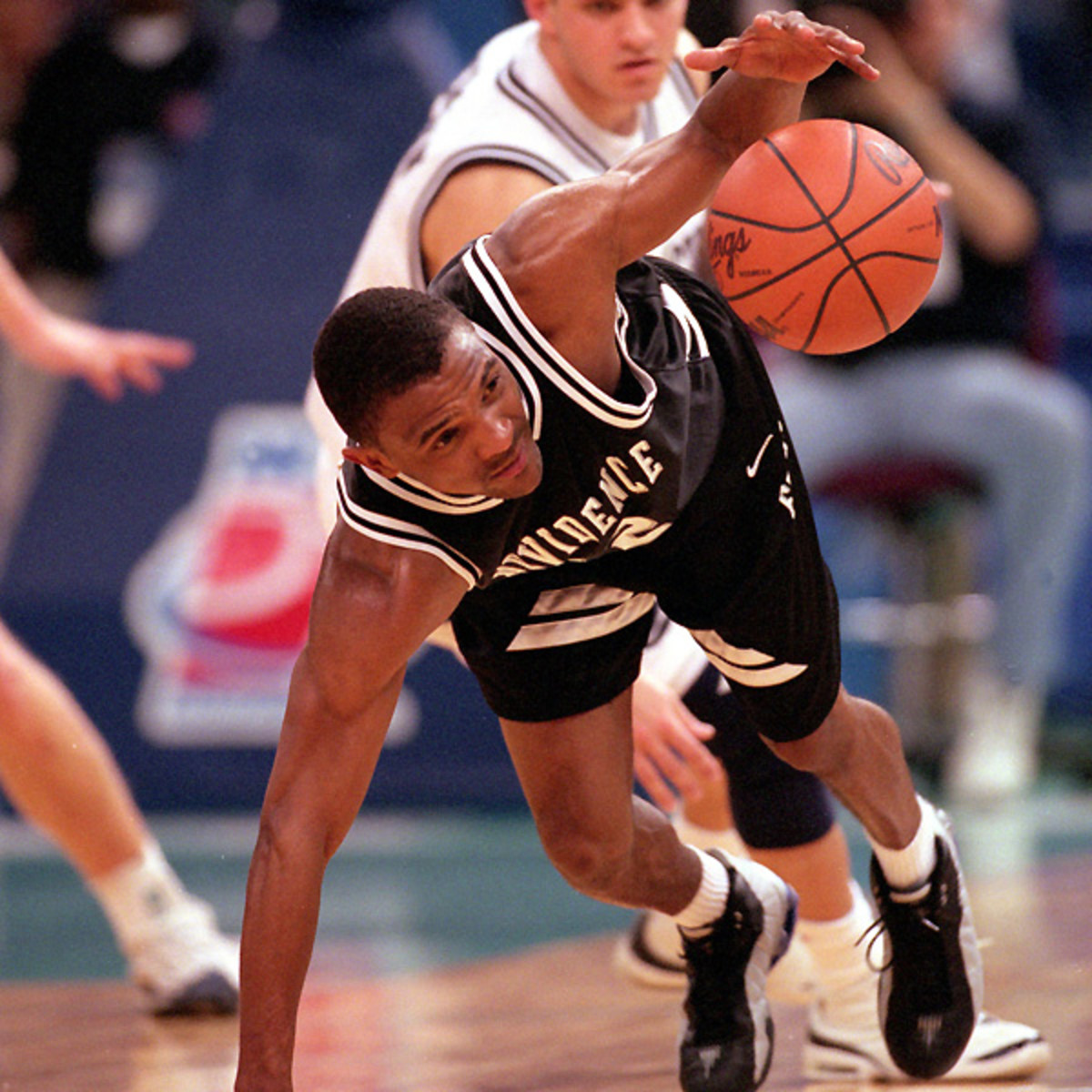
John Linehan, Providence (1998-2002).
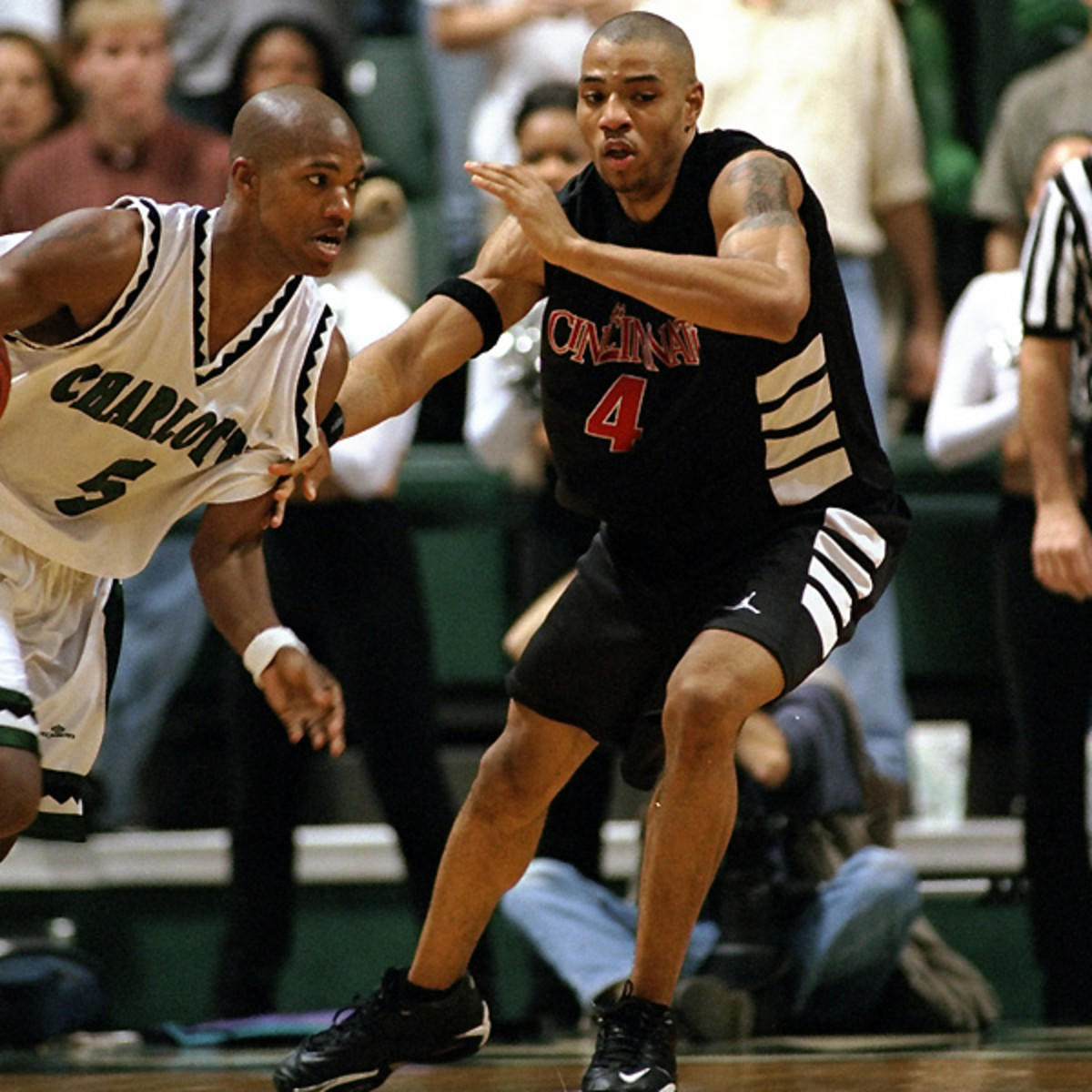
Kenyon Martin, Cincinnati (1996-2000).
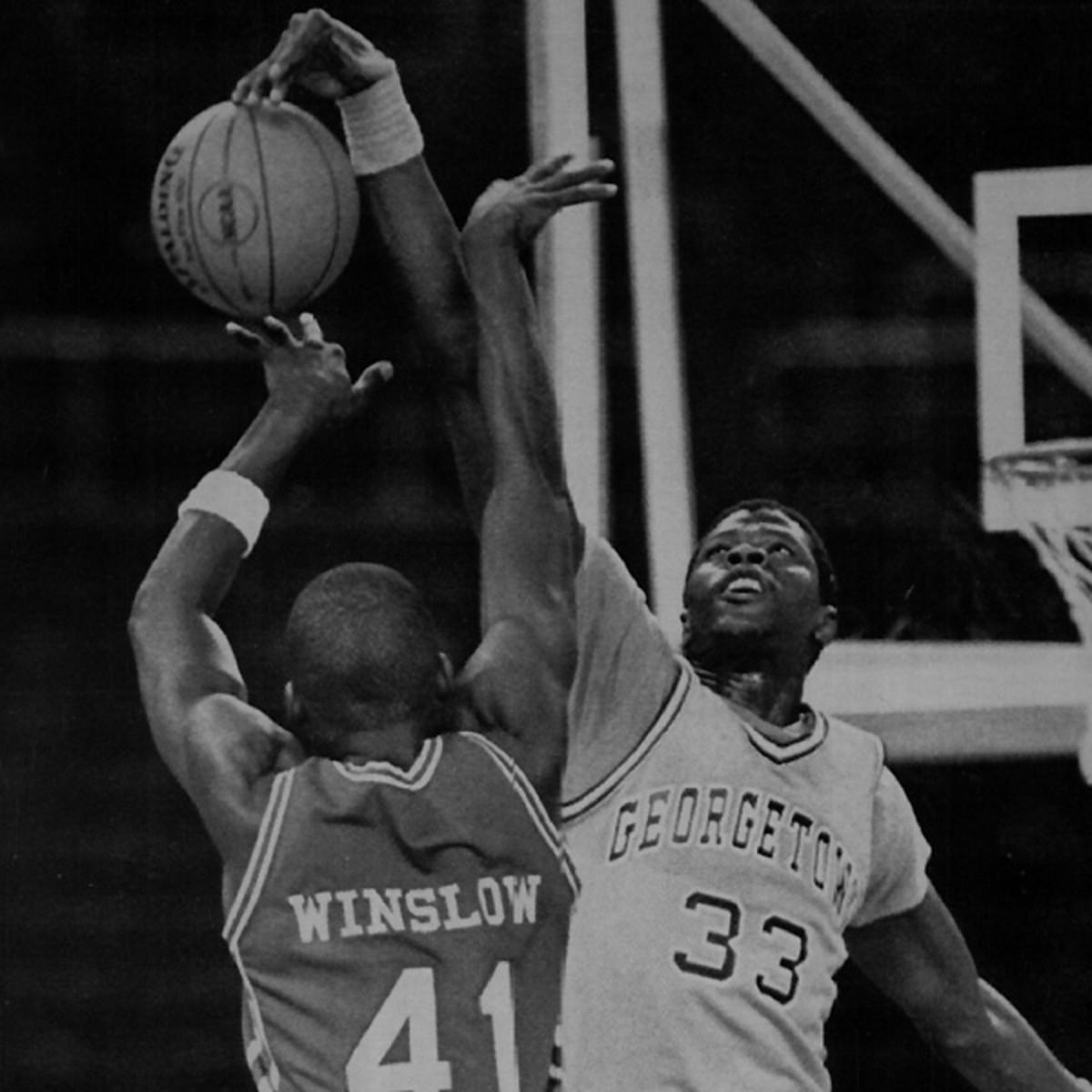
Patrick Ewing, Georgetown (1981-1985).
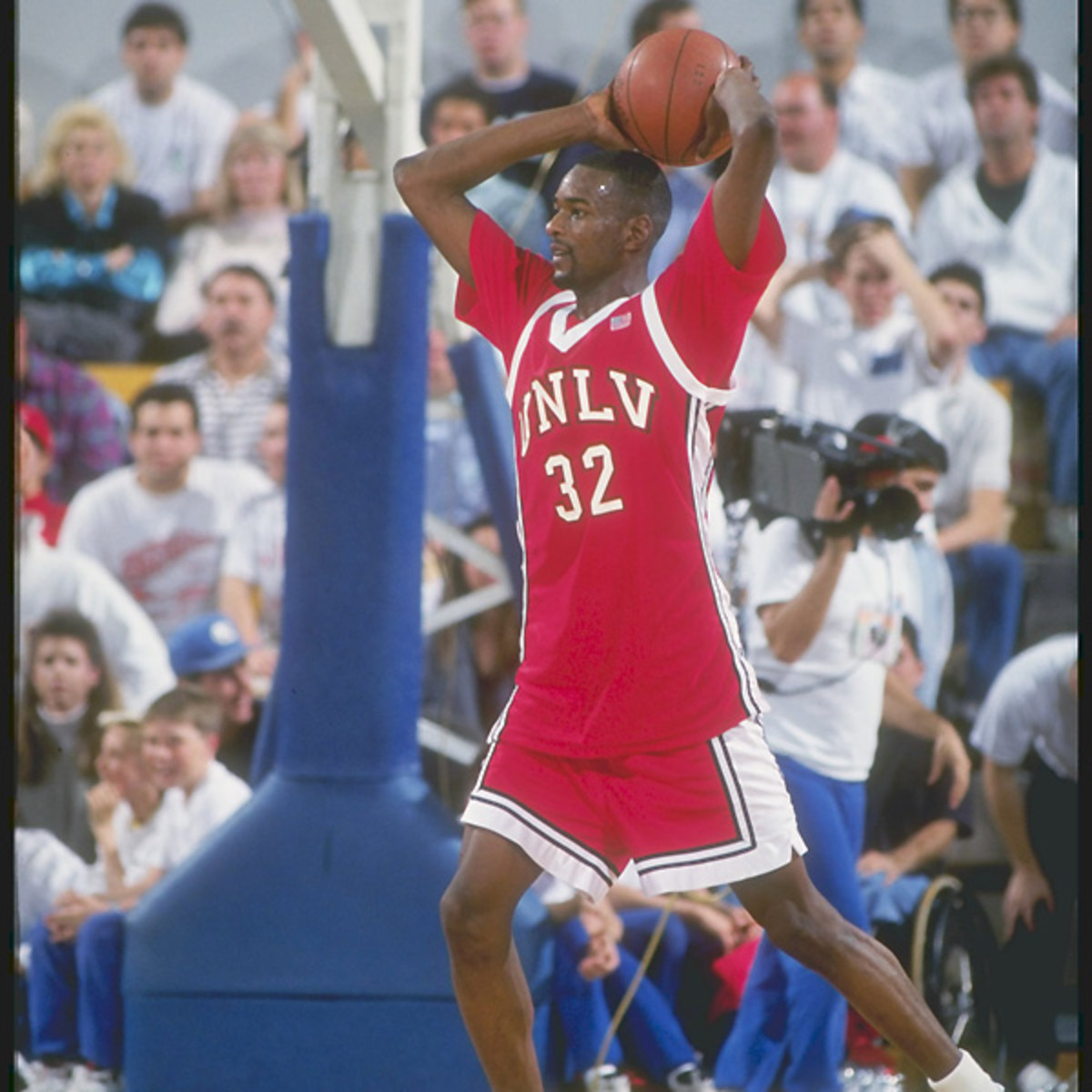
Stacey Augmon, UNLV (1987-1991).
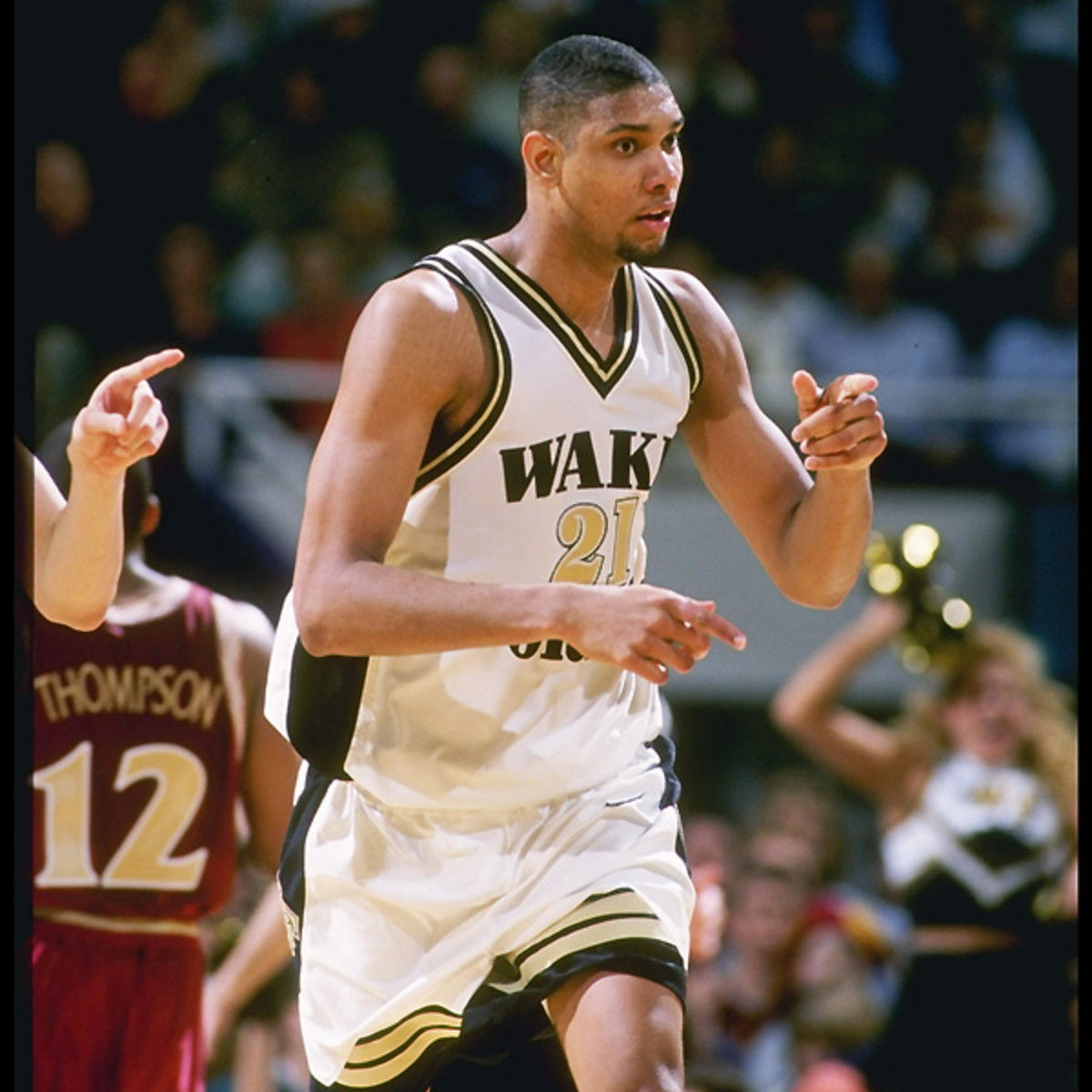
Tim Duncan, Wake Forest (1993-1997).
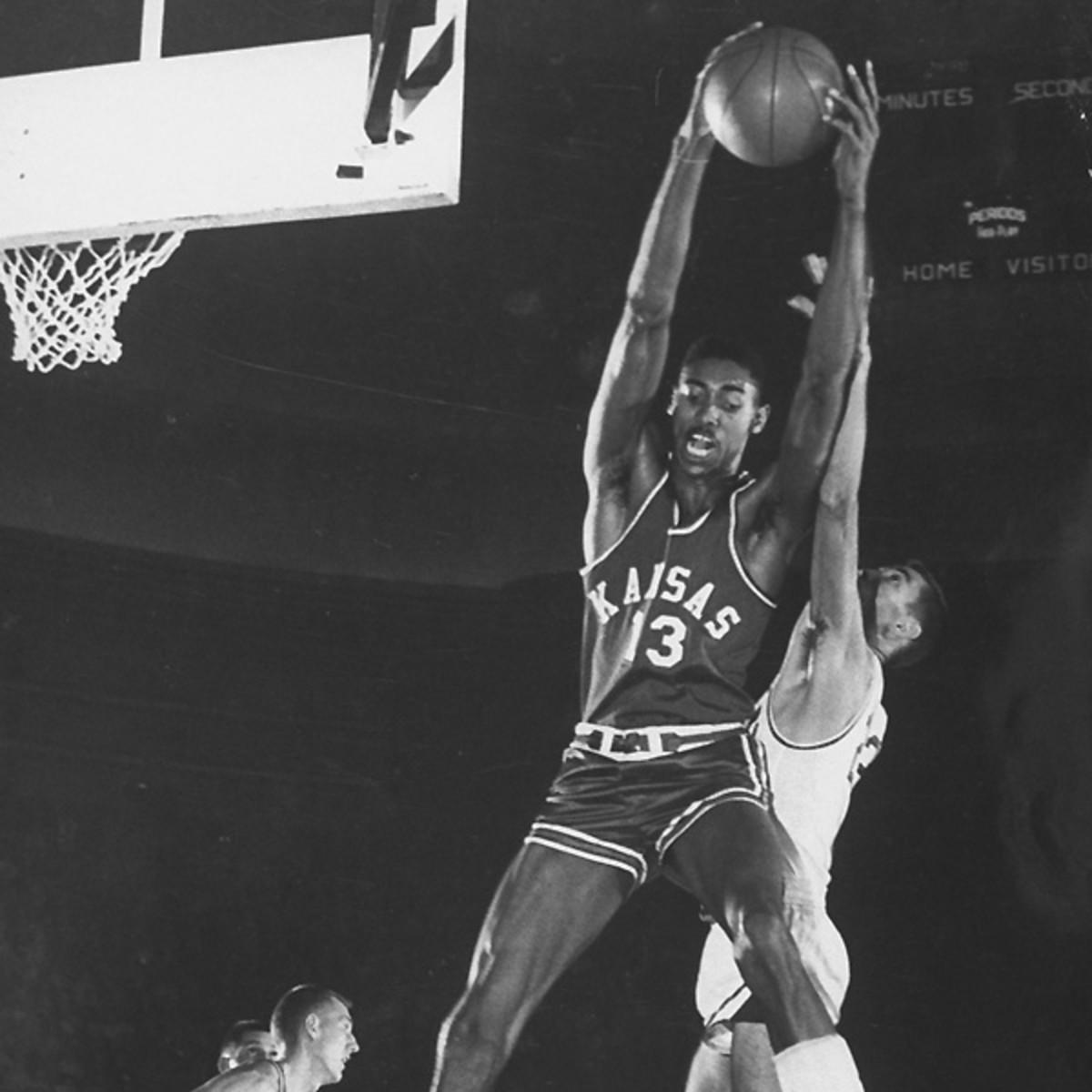
Wilt Chamberlain, Kansas (1956-1958).
